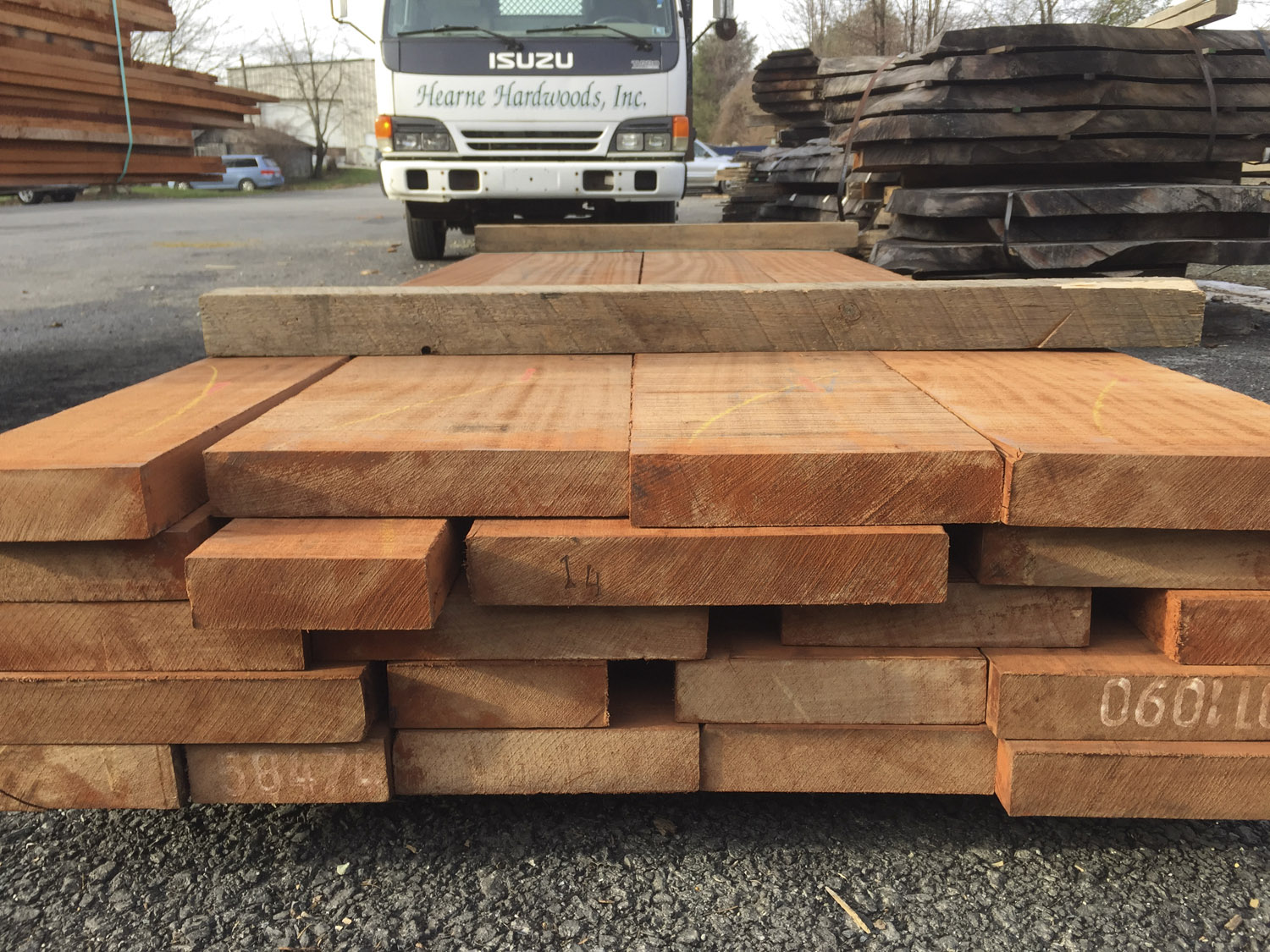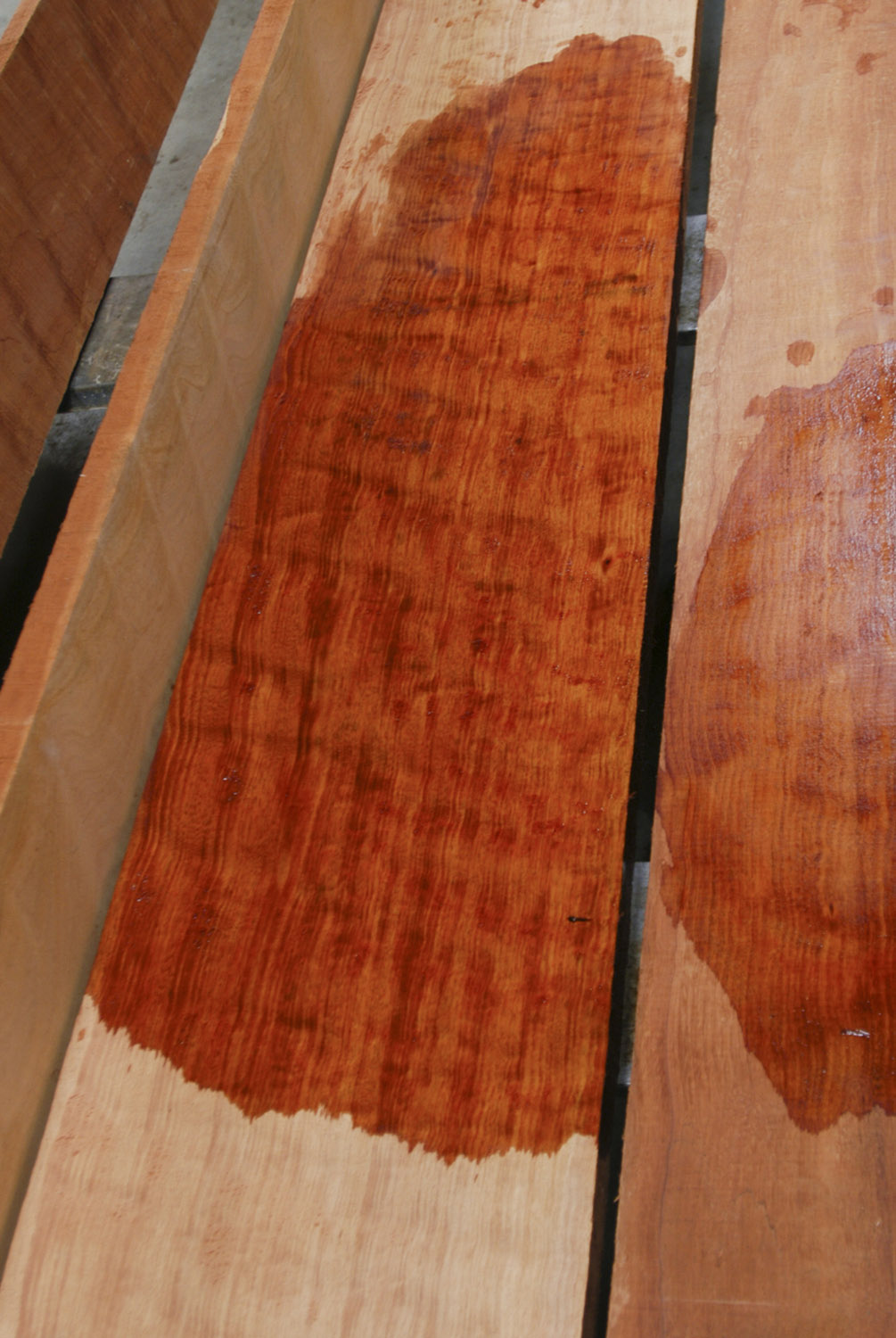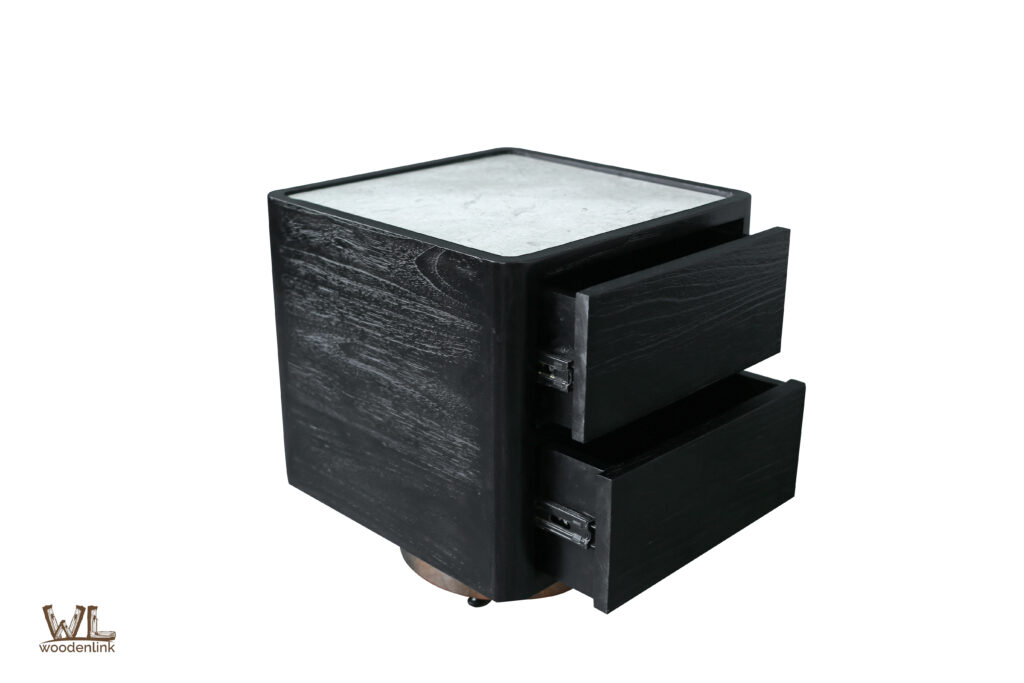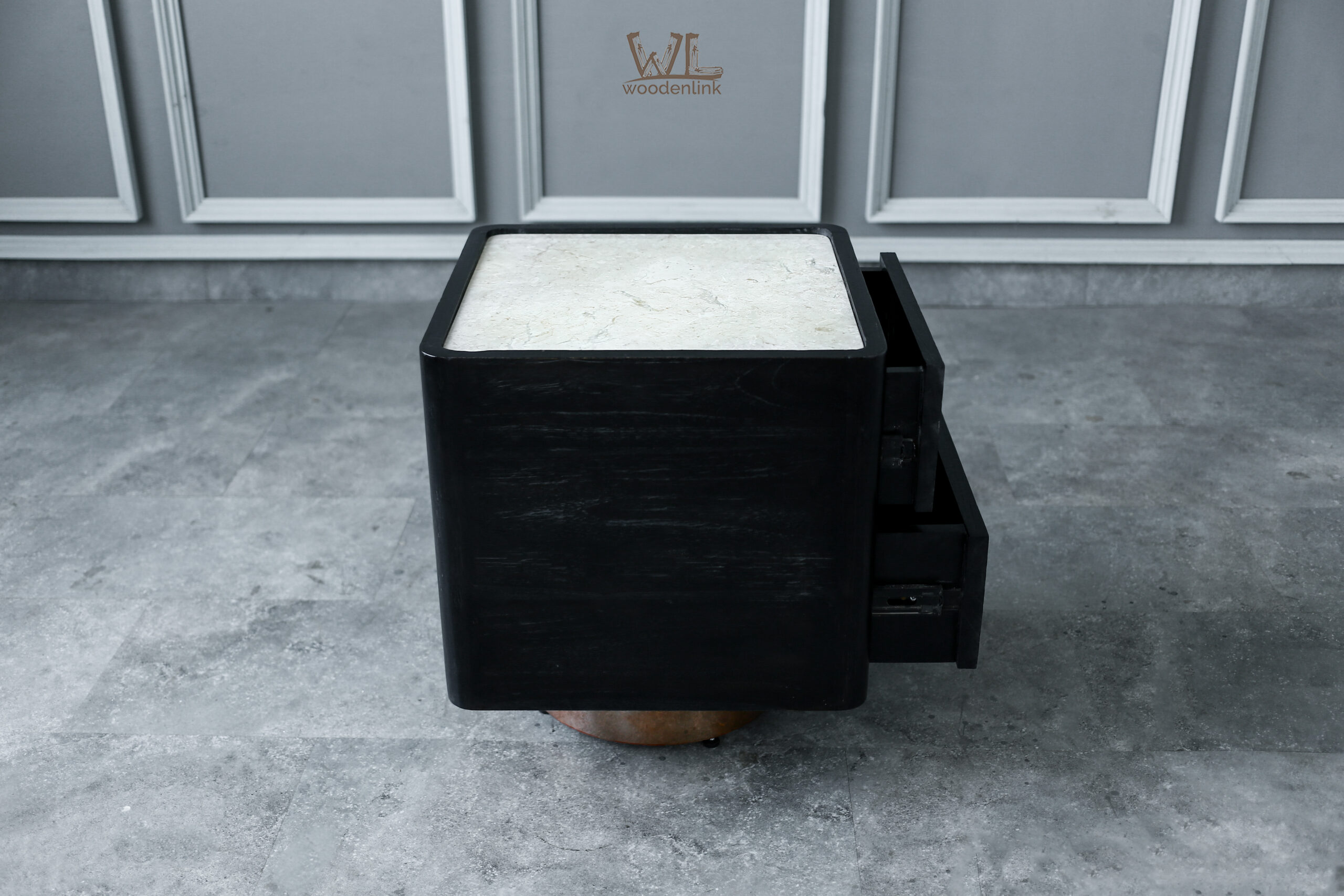Mahogany wood boasts a rich history, stunning aesthetics, and exceptional durability, making it a prized material for furniture, instruments, and more.
For centuries, mahogany wood has captivated artisans and homeowners alike. This reddish-brown timber, sourced from the heart of tropical rainforests, offers a unique combination of beauty, strength, and remarkable workability. This comprehensive guide delves into the world of mahogany wood, exploring its biological properties, historical significance, and diverse applications, with a particular focus on why it makes a perfect choice for your home furnishings.
Unveiling the Biological Properties of Mahogany Wood
Mahogany belongs to the genus Swietenia, with three primary species – Honduran mahogany (Swietenia macrophylla), Cuban mahogany (Swietenia mahagoni), and Central American mahogany (Swietenia humilis). These majestic trees are native to the Americas, reaching awe-inspiring heights of up to 130 feet and boasting impressive diameters exceeding six feet.

The biological makeup of mahogany significantly contributes to its prized qualities. The wood features a straight, even grain, making it a dream to work with for even the most intricate woodworking projects. Additionally, a high natural oil content enhances its resistance to rot, decay, and insect damage. This inherent durability allows mahogany products to withstand the test of time, potentially becoming treasured heirlooms passed down through generations.
A Journey Through Time: The History of Mahogany Wood
The story of mahogany wood is intricately woven with the history of exploration and craftsmanship. Evidence suggests that mahogany may have been utilized as early as the 16th century. However, its widespread popularity soared during the 17th and 18th centuries. European colonists in the Americas discovered the wood’s exceptional qualities and began incorporating it into furniture construction, particularly prized for its rich color and ability to hold intricate details.
Mahogany’s fame reached new heights during the Georgian and Federal design periods. It became the undisputed wood of choice for crafting elegant furniture pieces, adorning the grand homes of nobility and wealthy merchants. From ornately carved highboys to expansive dining tables, mahogany furniture exuded a sense of sophistication and luxury.

The high demand for mahogany wood led to a booming trade industry, with significant exports from the Caribbean and South America. Unfortunately, this high demand also resulted in unsustainable logging practices, threatening the future of these magnificent trees. Thankfully, conservation efforts and responsible forestry practices are now in place to ensure the sustainable management of mahogany resources.
The Extensive Applications of Mahogany Wood: Beyond the Realm of Furniture
While mahogany furniture remains a timeless classic, the applications of this versatile wood extend far beyond the living room. Here’s a glimpse into the diverse uses of mahogany wood:
- High-End Architectural Elements: Mahogany’s natural beauty and strength make it ideal for crafting doors, window frames, and interior paneling, adding a touch of elegance and warmth to any space.
- Musical Instruments: The resonant properties of mahogany make it a preferred material for crafting high-quality guitars, violins, and other string instruments. Its tonal richness contributes significantly to the instrument’s sound quality.
- Boat Building: Mahogany’s exceptional durability and resistance to moisture damage have historically made it a popular choice for boat building, particularly for luxury yachts and speedboats.
- Luxury Veneers: Thin slices of mahogany, known as veneers, are used to create a luxurious aesthetic on furniture and other objects. These veneers offer a cost-effective way to incorporate the beauty of mahogany into various design projects.

Mahogany wood has long been revered in the realm of home furnishings for several reasons:
- Durability: Mahogany is known for its exceptional durability and longevity. It’s a hardwood, which means it’s dense and resistant to wear and tear. This durability ensures that furniture made from mahogany can last for generations with proper care.
- Strength: Mahogany is a strong wood, capable of withstanding heavy weights and constant use. This makes it ideal for crafting sturdy furniture pieces that can hold up well over time.
- Beauty: Mahogany boasts a rich, deep color with a reddish-brown hue that becomes more lustrous with age. Its natural beauty and attractive grain patterns make it highly desirable for furniture makers and homeowners alike.
- Workability: Mahogany is relatively easy to work with, allowing craftsmen to carve intricate details and create finely crafted furniture pieces. It also takes stains and finishes well, giving furniture makers flexibility in achieving desired aesthetics.
- Versatility: Mahogany is a versatile wood that can be used to create a wide range of furniture styles, from traditional to contemporary. Its timeless appeal ensures that mahogany furniture can complement various interior design themes and trends.
- Status Symbol: Historically, mahogany has been associated with wealth, luxury, and prestige. Owning mahogany furniture was often seen as a status symbol, signifying one’s affluence and refined taste.
- Resilience: Mahogany is resistant to rot, decay, and pests, making it a practical choice for furniture that may be exposed to different environmental conditions.
- Sustainability: While the demand for mahogany has historically led to overharvesting and deforestation, there are efforts to promote sustainable harvesting practices and responsible forestry management to ensure the continued availability of this valuable wood species.
Overall, mahogany’s combination of durability, beauty, workability, and cultural significance has solidified its status as a top choice for home furnishings, from elegant dining tables to intricately carved bedroom sets.
When choosing mahogany wood for furniture, here are some key considerations and steps to follow
Identify the Type of Mahogany: Mahogany encompasses several species, each with its own characteristics. Common types include African mahogany (Khaya spp.) and American mahogany (Swietenia spp.). Research the specific type of mahogany you’re considering to understand its color, grain pattern, density, and other properties.
- Select High-Quality Wood: Look for well-seasoned, high-quality mahogany wood with consistent color and grain. Avoid wood with knots, cracks, or other defects that could compromise the integrity of the furniture piece.
- Consider Sustainability: Choose mahogany sourced from responsibly managed forests or certified sustainable sources, such as those certified by organizations like the Forest Stewardship Council (FSC). This helps ensure that your furniture is environmentally friendly and supports sustainable forestry practices.
- Evaluate Finishing Options: Mahogany takes stains, finishes, and polishes exceptionally well. Consider the desired finish for your furniture piece and select mahogany with a grain and color that will complement your chosen finish. Keep in mind that lighter stains may highlight the wood’s natural reddish-brown hue, while darker stains can create a more dramatic effect.
- Check for Stability and Durability: Assess the stability and durability of the mahogany wood to ensure it’s suitable for your furniture project. Look for wood that is straight, dense, and free from signs of decay or pest damage. Consider the intended use of the furniture piece and choose mahogany with the appropriate hardness and density to withstand wear and tear.
- Plan for Workability: Mahogany is generally easy to work with due to its moderate hardness and straight grain. However, consider any specific design requirements or intricate details in your furniture piece and select mahogany that can be easily shaped, carved, or machined to achieve the desired results.
- Budget Considerations: Mahogany is considered a premium wood, so be prepared for higher costs compared to other types of lumber. Factor in the cost of the wood as well as any additional expenses for finishing, hardware, and labor when planning your furniture project.
By following these steps and considerations, you can choose high-quality mahogany wood that meets your needs and preferences for furniture making, ensuring a beautiful, durable, and long-lasting finished product.
Do’s and Don’ts for Mahogany Furniture Care:
Do’s:
- Regular Dusting: Keep your mahogany furniture looking pristine by dusting it regularly with a soft, dry cloth. This simple step removes dirt and prevents buildup, preserving the wood’s natural luster.
- Use Furniture Polish Sparingly: Treat your mahogany furniture to occasional applications of high-quality furniture polish. Choose products formulated specifically for wood and apply them sparingly to enhance shine without leaving behind residue.
- Protect from Sunlight: Position your mahogany furniture away from direct sunlight to prevent fading and discoloration. Use curtains or blinds to shield it from harmful UV rays and preserve its rich, natural color.
- Use Coasters and Trivets: Prevent water rings, heat damage, and scratches by using coasters for drinks and trivets for hot dishes. These simple accessories help protect the surface of your mahogany furniture and maintain its pristine appearance.
- Maintain Consistent Humidity: Mahogany is sensitive to changes in humidity, so use a humidifier in dry environments and a dehumidifier in humid climates to maintain stable moisture levels. This helps prevent warping, cracking, and other moisture-related damage.
Don’ts:
- Avoid Harsh Cleaners: Steer clear of harsh cleaning products and abrasives that can strip away the wood’s natural oils and damage the finish of your mahogany furniture. Opt for gentle cleaners formulated specifically for wood surfaces.
- Skip the Direct Heat: Avoid placing hot items directly on your mahogany furniture, as heat can cause discoloration and damage the wood’s surface. Always use protective pads or trivets to prevent heat-related issues.
- Say No to Silicone-based Polishes: Silicone-based furniture polishes may create a temporary shine but can leave behind a sticky residue that attracts dust and dirt. Choose oil-based or wax-based polishes for long-lasting shine without the buildup.
- Don’t Drag Furniture: When moving or rearranging your mahogany furniture, lift it instead of dragging it across the floor. Dragging can scratch the wood and damage the finish, compromising its beauty and integrity.
- Avoid Overloading Drawers and Shelves: Distribute weight evenly and avoid overloading drawers, shelves, or cabinets to prevent structural damage to your mahogany furniture. This helps maintain its strength and stability for years to come.
Incorporate these essential do’s and don’ts into your mahogany furniture care routine to ensure it remains a timeless centerpiece in your home for generations. Follow these expert tips to preserve its beauty
Conclusion
Mahogany wood stands as an unparalleled choice for furniture crafting, renowned for its exceptional qualities that elevate it above other options. Its innate durability ensures longevity, promising furniture pieces that withstand the test of time with grace. The strength of mahogany surpasses many hardwoods, guaranteeing sturdy constructions capable of enduring daily use and heavy loads. Moreover, its rich, reddish-brown hue exudes elegance, complemented by intricate grain patterns that add depth and character to each piece. Mahogany’s workability grants artisans the freedom to carve intricate designs and achieve flawless finishes, showcasing its versatility across a spectrum of styles. As a status symbol of wealth and luxury, owning mahogany furniture is a testament to refined taste and appreciation for quality craftsmanship. Ultimately, the timeless allure and enduring quality of mahogany make it a premier choice for furnishing homes with sophistication and style.



